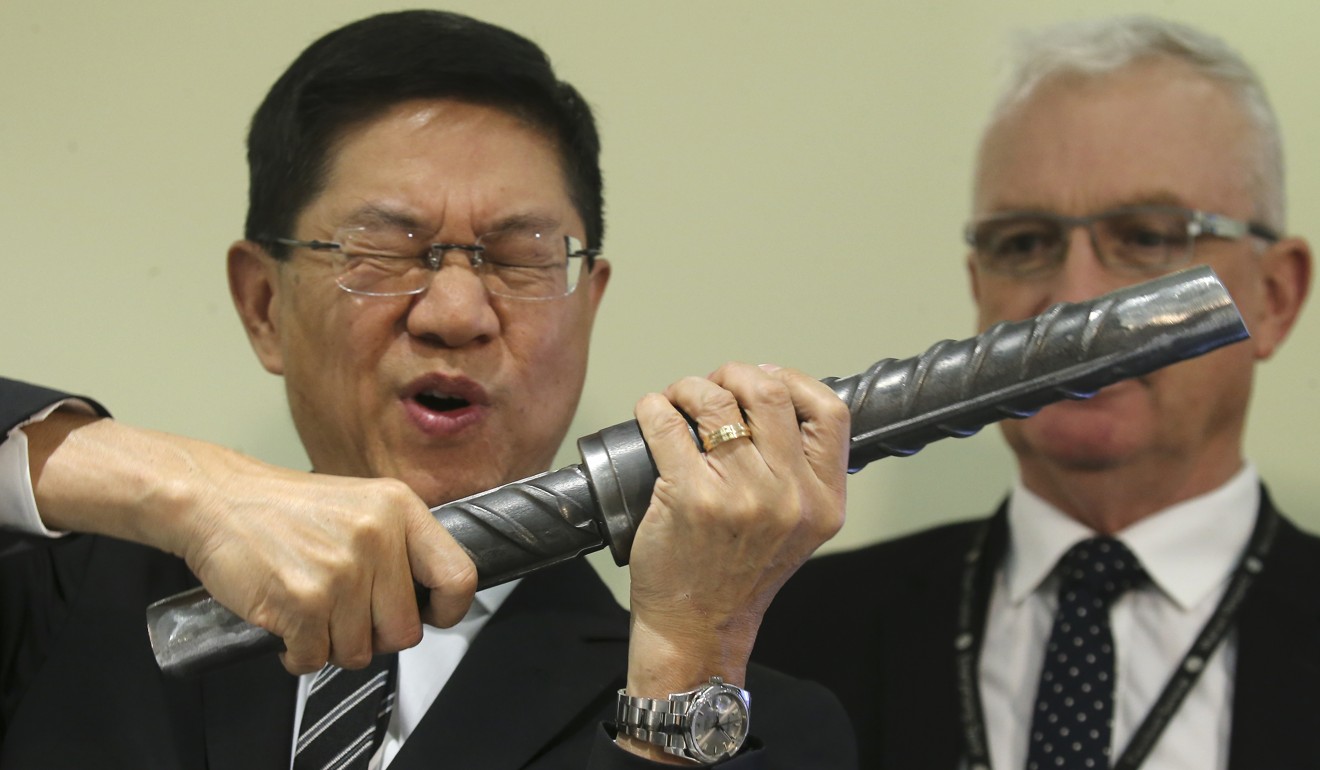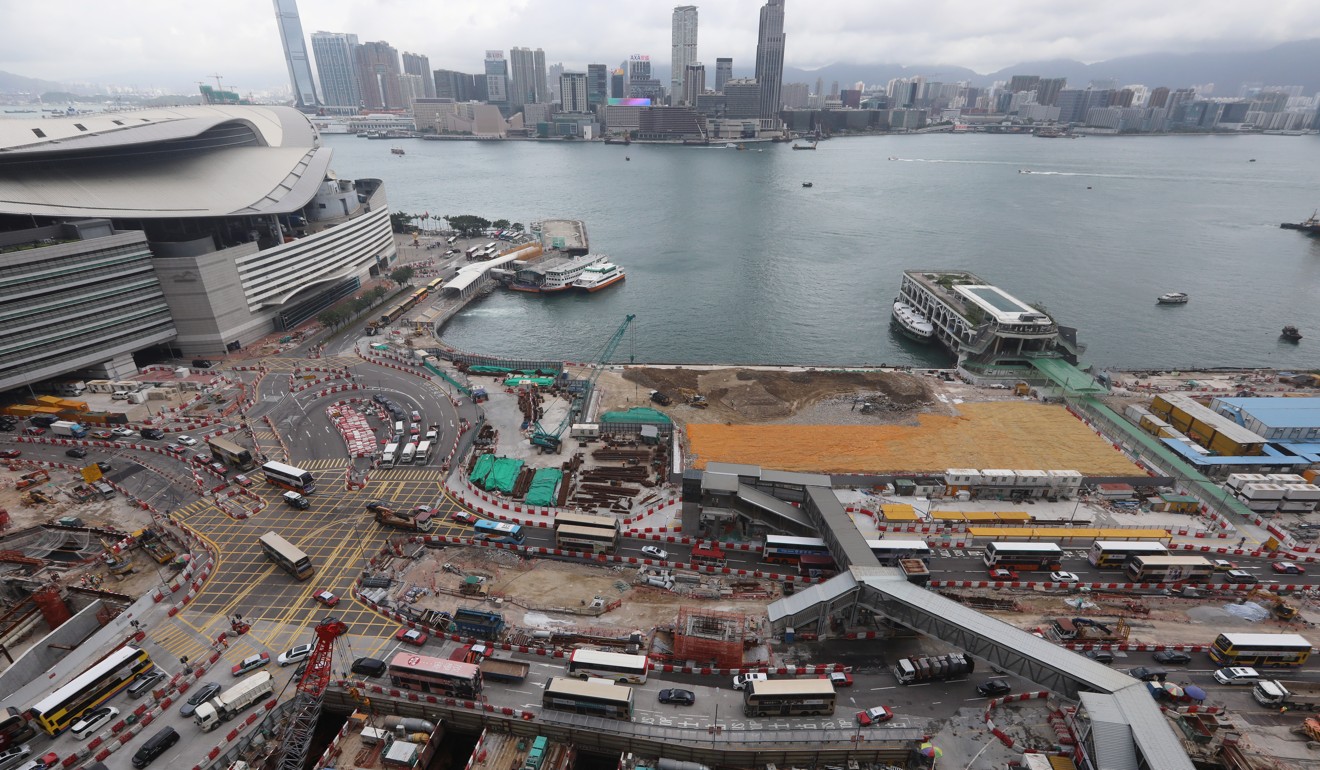
Members of Hong Kong Institution of Engineers call for former MTR projects director Philco Wong to step down as president
Joint letter cites ‘adverse public reaction’ following Sha Tin-Central rail link scandal
Members of the Hong Kong Institution of Engineers have urged the former projects director of the MTR Corporation to step down as president amid concerns over public perception of his role in the scandal-hit Sha Tin-Central rail link project.
The move on Friday came after Philco Wong Nai-keung’s departure from the city’s rail giant, following the exits of other management staff in the wake of problems discovered on Hong Kong’s costliest rail project.
Twenty-eight members of the Hong Kong Institution of Engineers, a body representing the profession in the city, sent a joint open letter to Wong, its president, asking him to resign.
MTR’s HK$97.1 billion link scandal: consequences, loopholes and solutions
“Given the current circumstances, it would be extremely difficult for you to continue to lead the institution and carry out normal duties without causing adverse public perception,” the letter stated.
It pointed to Wong’s role in the scandal on two levels: the government’s loss of confidence in the engineering team led by him, and the reports submitted by his group, which have come under further scrutiny.
Given the current circumstances, it would be extremely difficult for you to continue to lead the institution
The members said the reputation of the engineering profession was now in jeopardy because of the scandal. Names behind the letter included Albert Lai Kwong-tak, a civil engineer and convenor of think tank Professional Commons, and veteran structural engineer Ngai Hok-yan.
On Tuesday, Wong resigned with immediate effect as projects director at the MTR Corp, along with three general managers of the troubled project and the early departure of its CEO, after the government demanded that heads roll for the scandal.
The following day, Wong reportedly told members of the institution in an email that his decision was made after serious consideration. He said the reason for his resignation from the company was because of the “extremely difficult political environment in dealing with the site issues” over more than two months, which hindered his work as a professional engineer.

The controversy erupted in May after media reports exposed shoddy works at the expanded Hung Hom station of the Sha Tin-Central link, involving steel bars cut short to make it seem as though they were properly screwed into couplers. The MTR Corp later confirmed this, as it faced further accusations of a diaphragm wall at the same site not adhering to approved designs.
MTR to revamp top management as CEO and others to leave over rail link scandals
The government, which owns 75 per cent of the MTR Corp, later said it found “huge discrepancies” in two reports submitted by the company on the HK$97.1 billion (US$12 billion) project.
After his resignation from the MTR Corp, Wong said in his email to institution members that he was pleased to spend more time in the engineering community. At the time, the institution said in a statement that he would be fully committed to his work with it.

In early July, the institution also released a statement saying it would set up an expert task force to study professional standards and conduct linked to the scandal.
“Should misconduct of any individual member be found, the HKIE will follow up in accordance with the existing mechanism,” it had said, adding that Wong would not be involved because of his then position in the MTR Corp.
The Hong Kong Institution of Engineers was set up in 1947 and currently has more than 30,000 members, according to its website.
